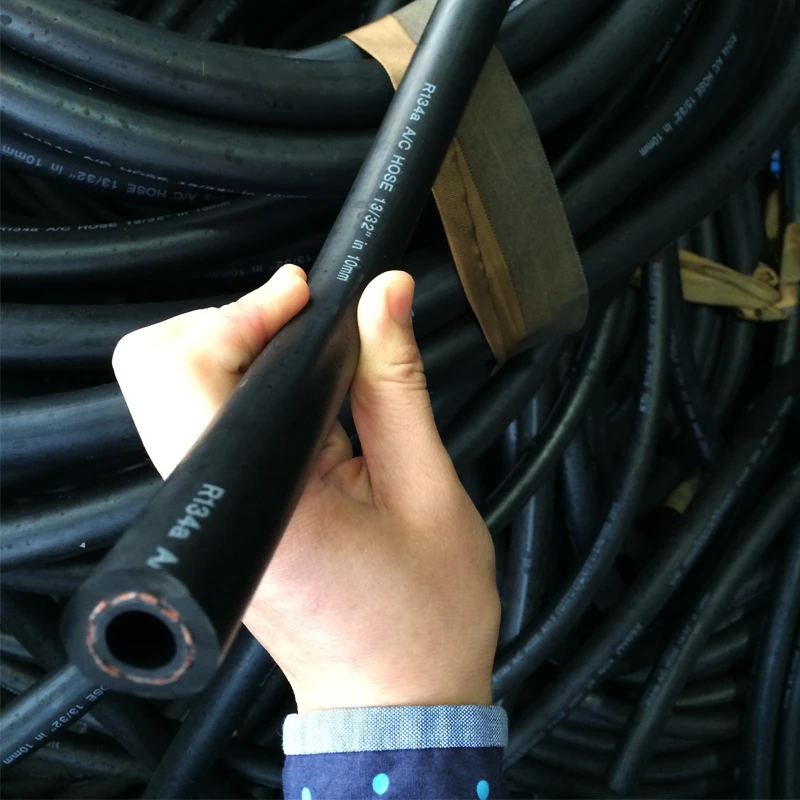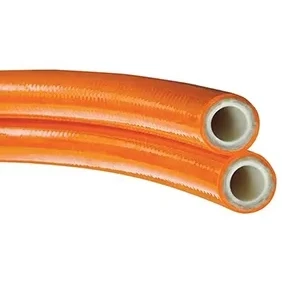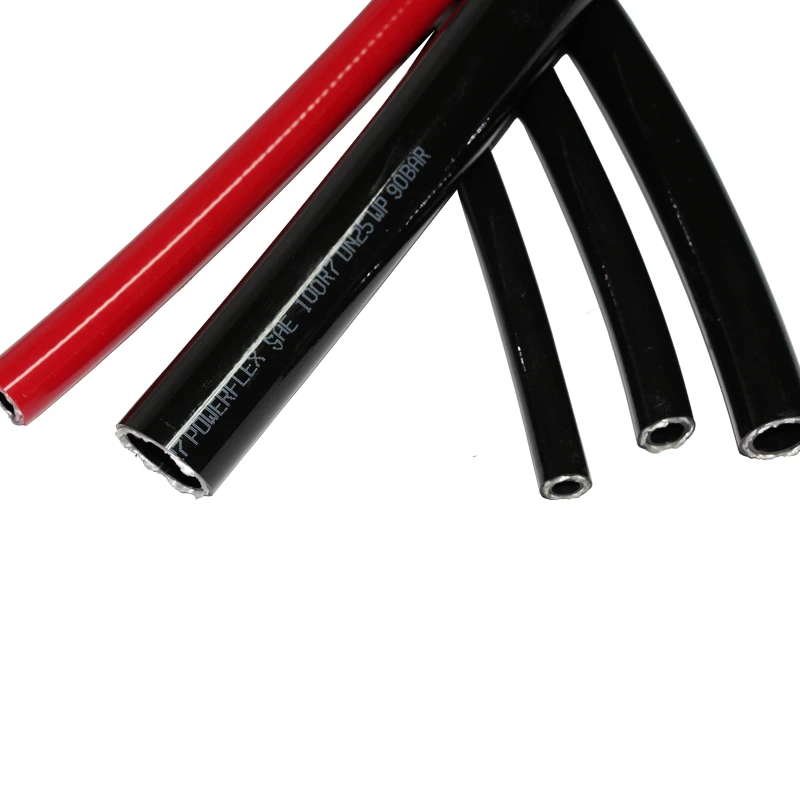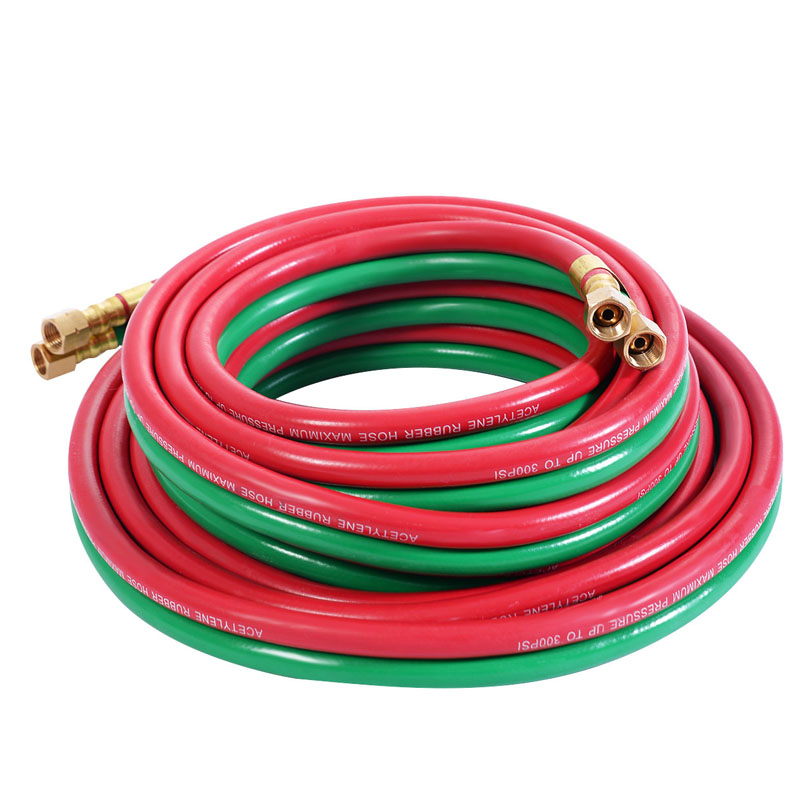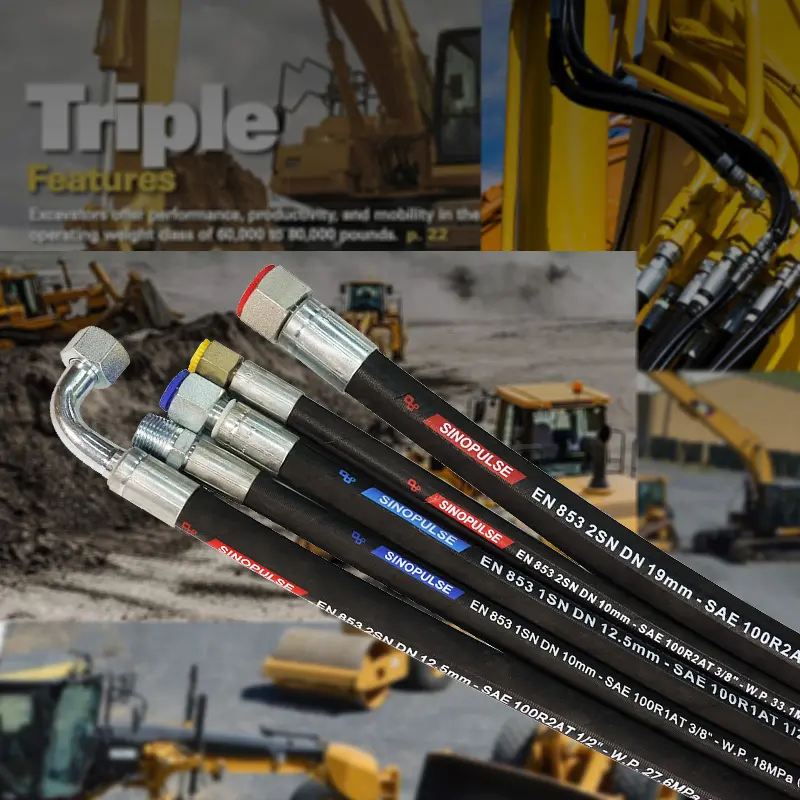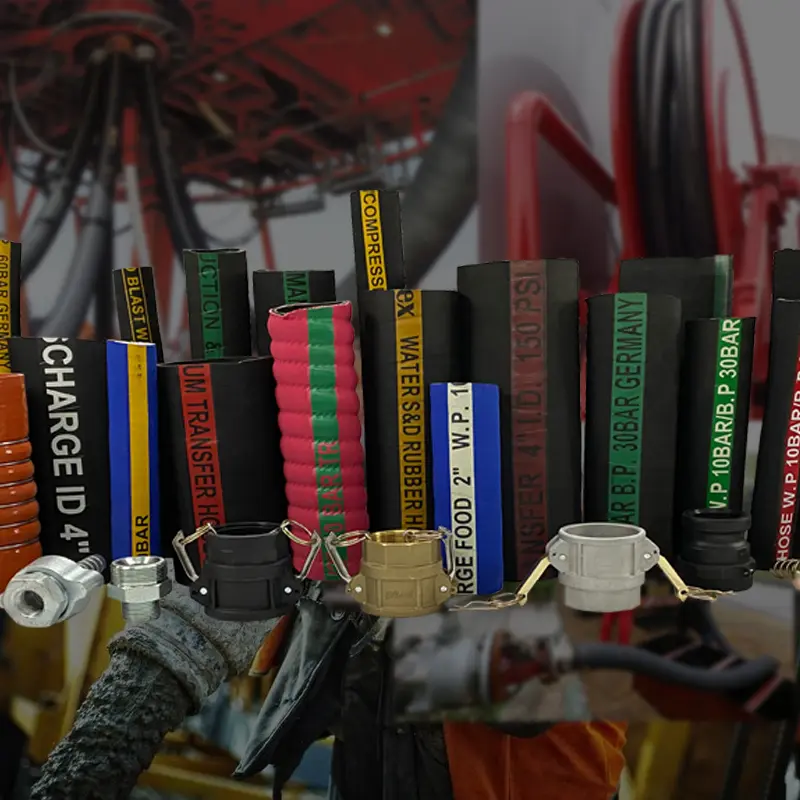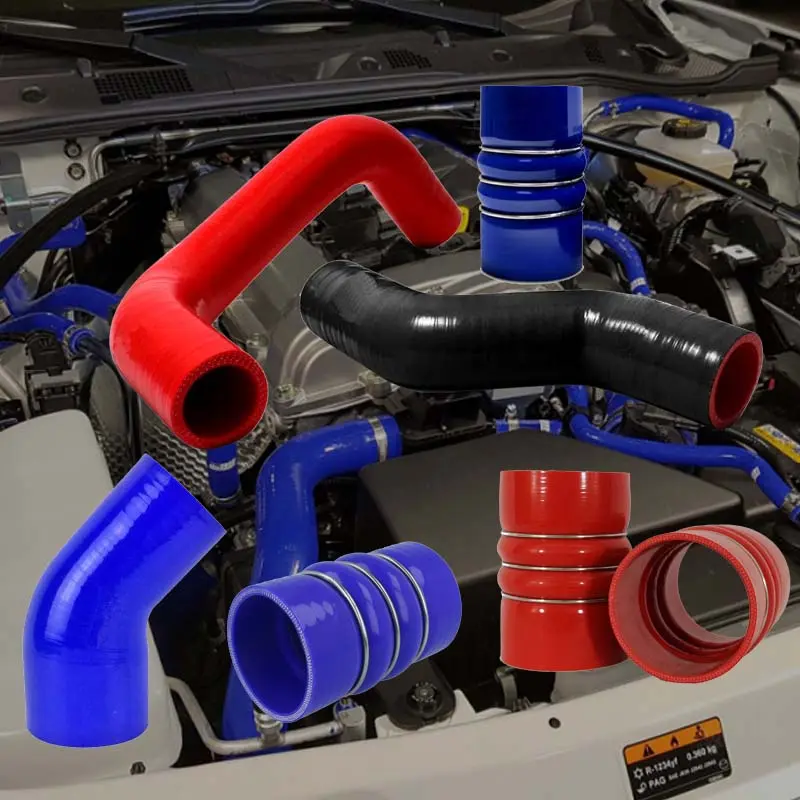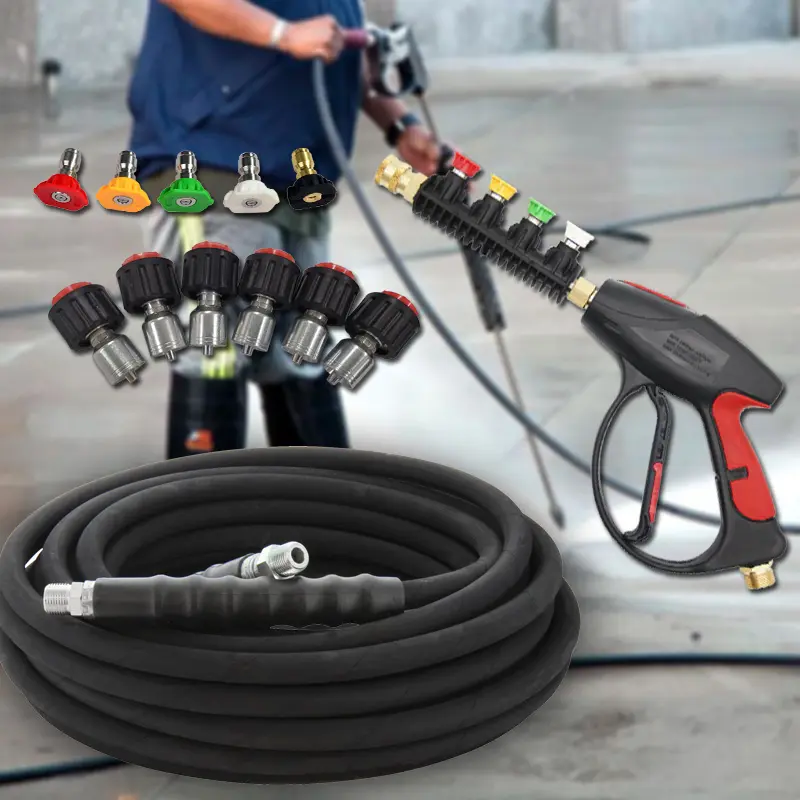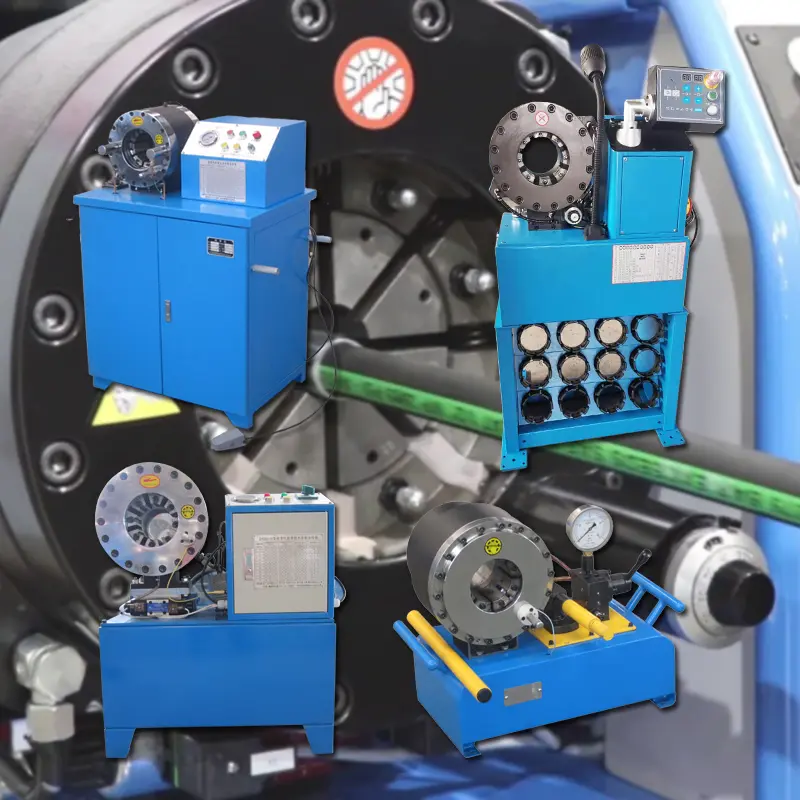Understanding Hydraulic Hoses for Brake Lines Importance and Selection
Hydraulic hoses play a crucial role in the functioning of automotive brake systems. These hoses are designed to transport brake fluid from the master cylinder to the brake calipers or wheel cylinders, facilitating the hydraulic pressure needed to engage the brakes effectively. This article explores the significance of hydraulic hoses in brake lines, the materials used in their construction, the factors influencing their selection, and maintenance considerations.
The Importance of Hydraulic Hoses in Brake Systems
The hydraulic brake system operates on the principle of Pascal’s law, which states that pressure applied to a confined fluid is transmitted undiminished throughout the fluid. In modern vehicles, hydraulic hoses are vital components that ensure this pressure is conveyed effectively. When the driver presses the brake pedal, the master cylinder pushes brake fluid through the hydraulic hoses to the brake mechanisms at the wheels. This action results in the brake pads being pressed against the rotors, causing the vehicle to slow down or stop.
Given their critical function, it is imperative that these hoses are durable, reliable, and capable of withstanding high pressures. Any failure in a hydraulic hose can lead to brake failure, posing a significant safety hazard. Therefore, understanding the quality and specifications of these components is essential for vehicle owners and mechanics alike.
Materials Used in Hydraulic Hoses
Hydraulic hoses are typically constructed from a combination of materials designed to resist high pressure, extreme temperatures, and various environmental conditions. The outer casing is usually made from synthetic rubber, which provides flexibility and protection against abrasion. Inside, reinforced layers, often made from steel or polyester, enhance strength and prevent expansion or leakage under pressure.
Moreover, hydraulic hoses must be resistant to the chemicals present in brake fluid, which can vary among different vehicle models. The most common types of hydraulic fluids are glycol-based, but some performance vehicles may use silicone-based fluids. Therefore, selecting a hose that can withstand these chemical interactions is vital to maintaining the integrity of the braking system.
Factors Influencing Hose Selection
When selecting hydraulic hoses for brake lines, several factors must be considered
hydraulic hose for brake line

1. Pressure Rating It is essential to choose hoses that can handle the maximum pressure exerted during brake operation. Always refer to the manufacturer’s specifications for recommended pressure ratings.
2. Length and Diameter The size of the hose should match the requirements of the vehicle’s braking system. Longer hoses may introduce excess slack, while hoses with incompatible diameters can lead to reduced flow rates or increased pressure drops.
3. Temperature Range Brake systems can generate high levels of heat, especially during prolonged use or in performance conditions. Hoses must be capable of withstanding these temperatures without deteriorating.
4. Environmental Conditions Consider the conditions the vehicle will be operating in. Factors like exposure to moisture, dirt, or other contaminants can influence the material selection of hydraulic hoses.
Maintenance and Care
Maintaining the hydraulic hoses in a vehicle's brake system is essential for ensuring safety and performance. Regular inspections should be conducted to check for signs of wear, such as cracks, bulges, or leaks. If any damage is detected, it is crucial to replace the hose immediately to prevent potential brake failure.
Additionally, using high-quality hoses from reputable manufacturers can significantly decrease the risk of premature failure and enhance the overall safety of the vehicle. Proper installation by skilled professionals also ensures that the hoses function optimally and meet the vehicle's specific requirements.
Conclusion
Hydraulic hoses are integral components of brake systems that require careful consideration regarding material, construction, and maintenance. By understanding their importance and adhering to correct selection and care practices, vehicle owners can ensure safe and effective braking performance, contributing to overall road safety.
Product Application









